Modes of Vibration
Since the revolving weights create centrifugal forces in periodically changing directions, they evoke circular,
linear or elliptic vibration. An external vibrator alone generates circular vibration, whereas two equal, parallel
arranged and counter rotating vibrators create linear vibration.
Circular Vibration
The vibrator moves the same mass radial to all directions; consequently the vibration width s is the same toward all
directions, a circular vibration is created.
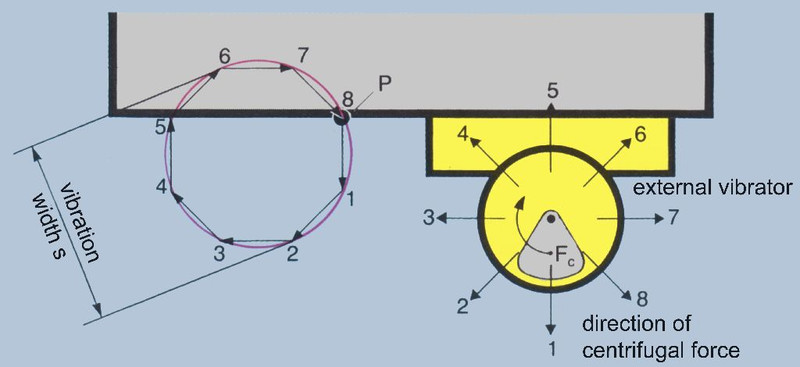
Linear Vibration
Two equal, counter rotating external vibrators are attached parallel to each other. Due to synchronisation, the opposite
forces cancel out each other and aligned forces add up. This creates linear vibration. At conveying e.g. two counter
rotating vibrators create linear motion and thus allow the motion of bulk goods toward a specific direction.
The individual particles or pieces of material are repeatedly struck at a certain trajectory so that a chain of
parabola-like micro-projectile motions takes place.
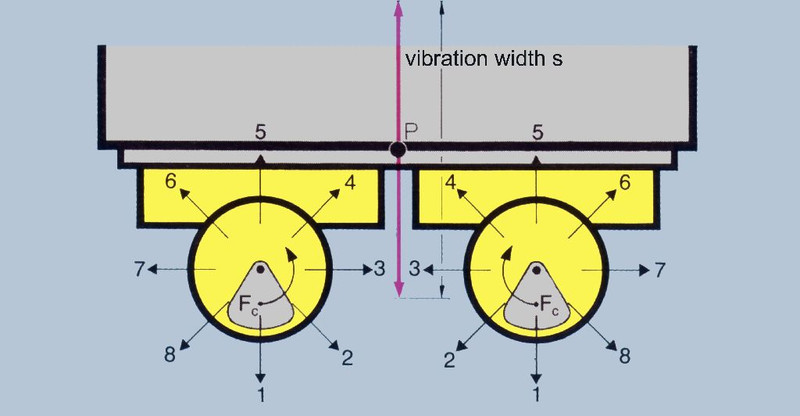
Elliptic Vibration
A vibrator is mounted asymmetrically anywhere at a form, for instance at the end of a T beam. Because the vibrator
has to move different masses in different directions, the vibration amplitude gets small at large mass and gets
big at small mass. This changing vibration width, creates elliptic vibration.

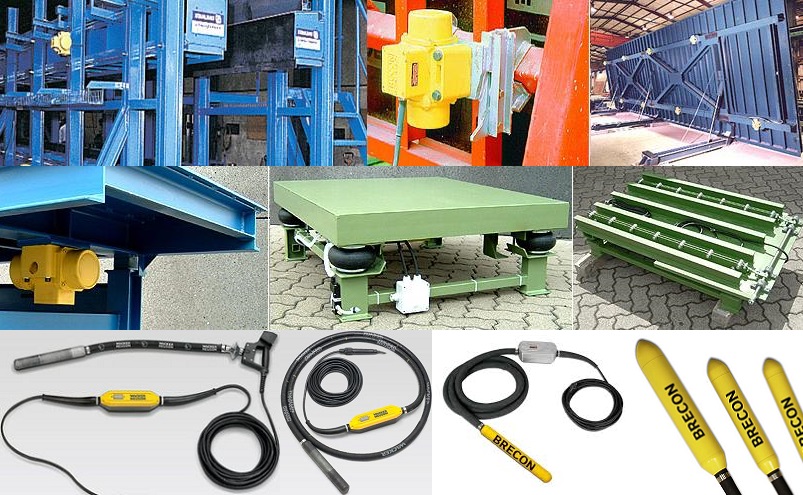














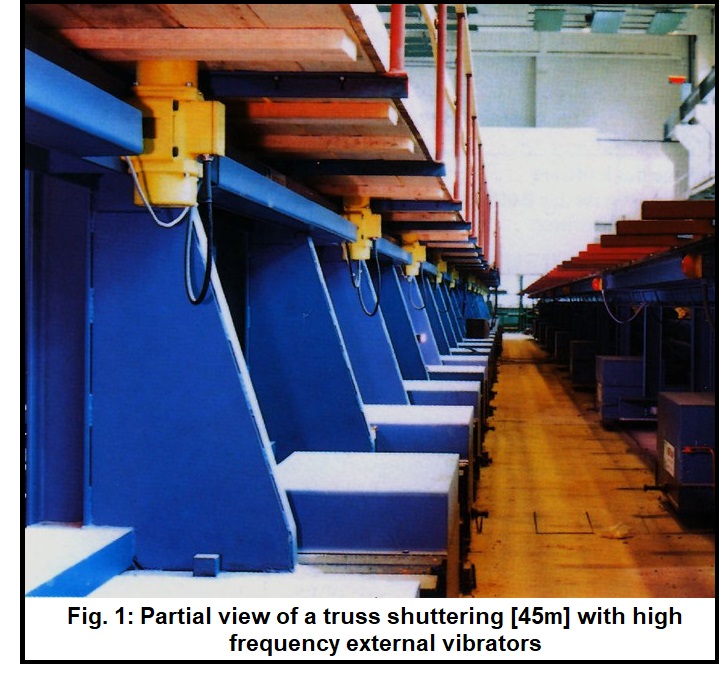 Concrete is poured into moulds and vibrated to let the trapped air escape
and so to compact it. Before hot chocolate is poured into its form, vibration technology is used to deaerate the
liquid. The objectionable air pockets disappear when the vibration stirs up the material and the friction between
the individual particles of the material is decreased. The material becomes loose and flows off properly.
Concrete is poured into moulds and vibrated to let the trapped air escape
and so to compact it. Before hot chocolate is poured into its form, vibration technology is used to deaerate the
liquid. The objectionable air pockets disappear when the vibration stirs up the material and the friction between
the individual particles of the material is decreased. The material becomes loose and flows off properly.
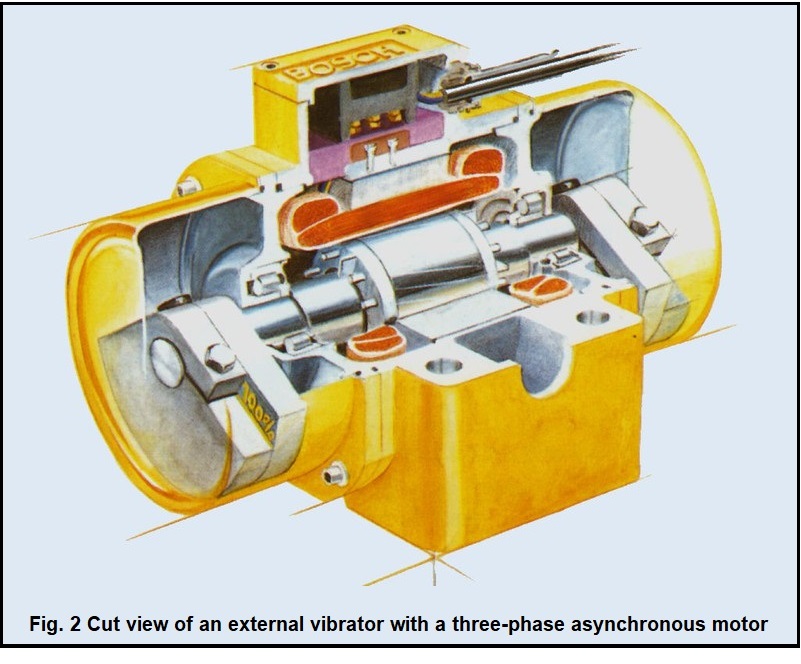 The external vibrator is a three-phase asynchronous motor. So-called eccentric weights (discs) are fixed
eccentrically at the ends of the rotor shaft. At rotating, centrifugal forces are generated. These forces
can be adjusted by moving the discs at standstill. The discs are divided so that the centrifugal force can
be easily regulated.
The external vibrator is a three-phase asynchronous motor. So-called eccentric weights (discs) are fixed
eccentrically at the ends of the rotor shaft. At rotating, centrifugal forces are generated. These forces
can be adjusted by moving the discs at standstill. The discs are divided so that the centrifugal force can
be easily regulated.
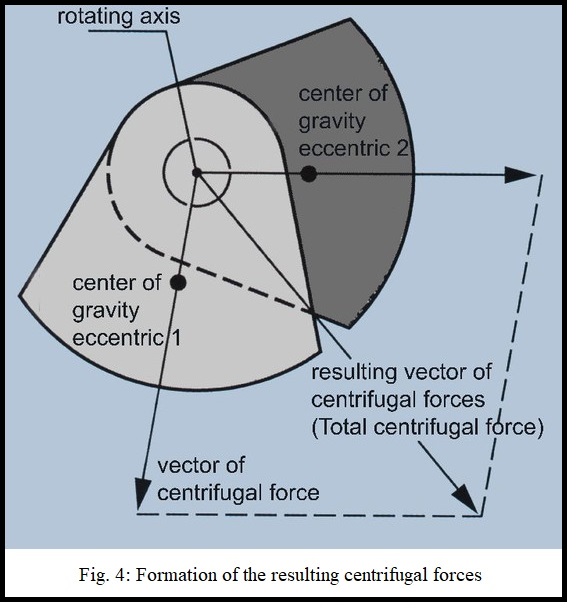
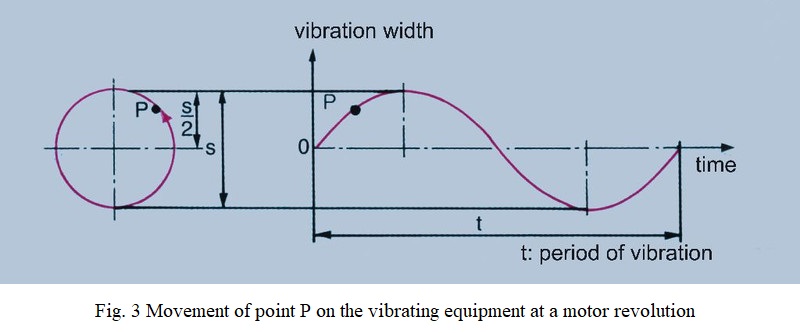



 Table 2: Overview of areas of application and fitting vibration frequency
Table 2: Overview of areas of application and fitting vibration frequency
 Diamond Dowels
Diamond Dowels
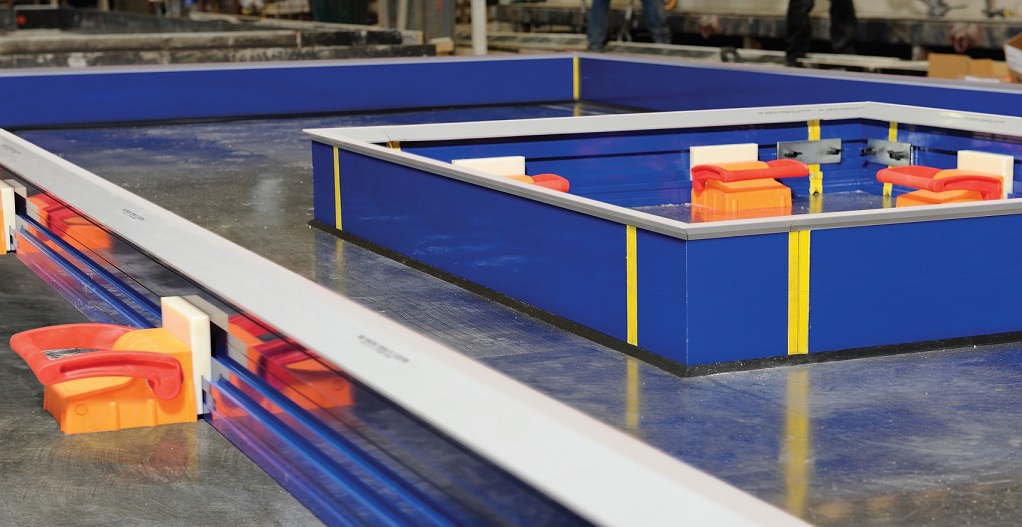 Precast Formwork System
Precast Formwork System
 Rebar Spacers
Rebar Spacers
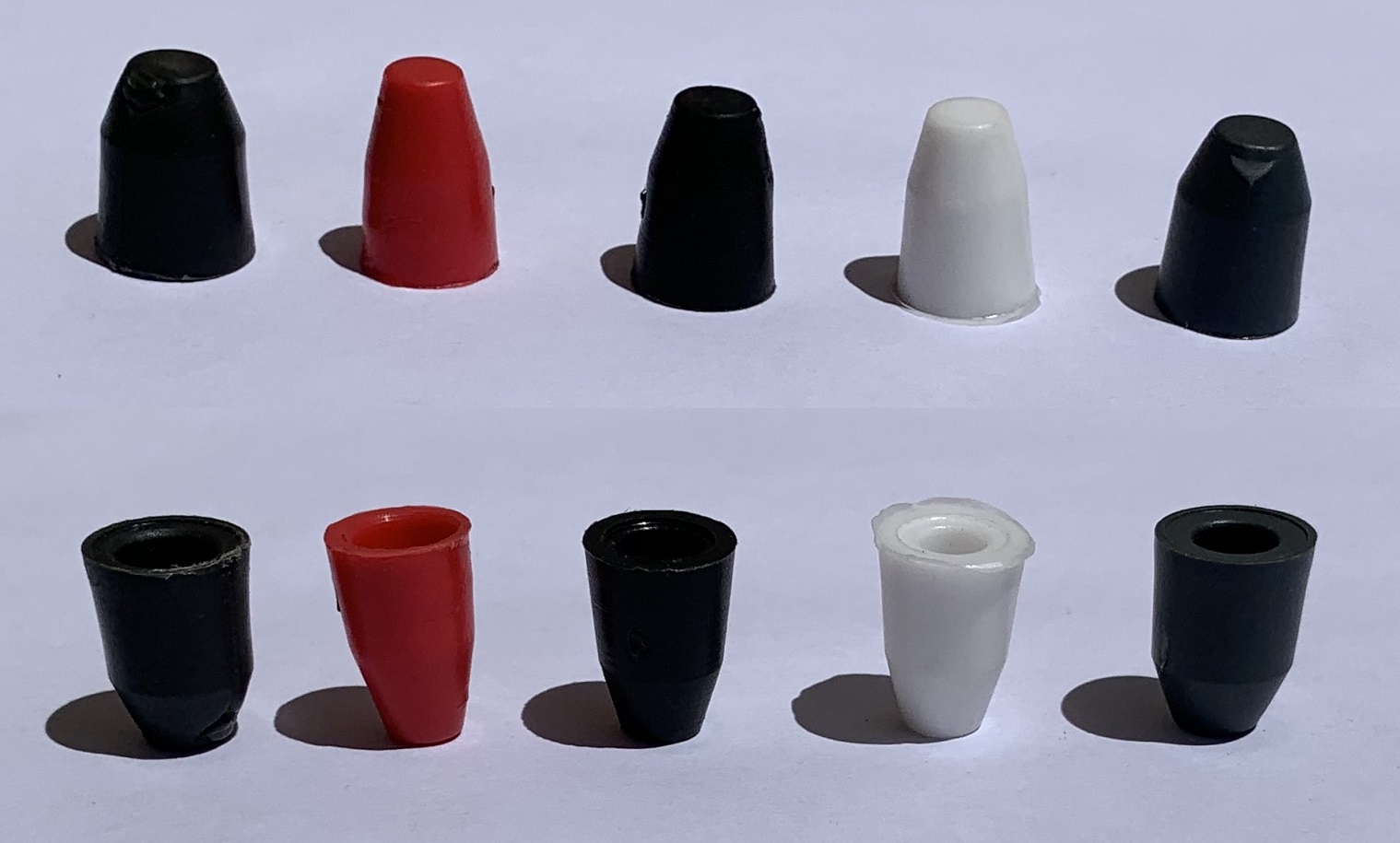 Precast Concrete Stud Caps
Precast Concrete Stud Caps
 Precast Concrete Pipe Spacers
Precast Concrete Pipe Spacers
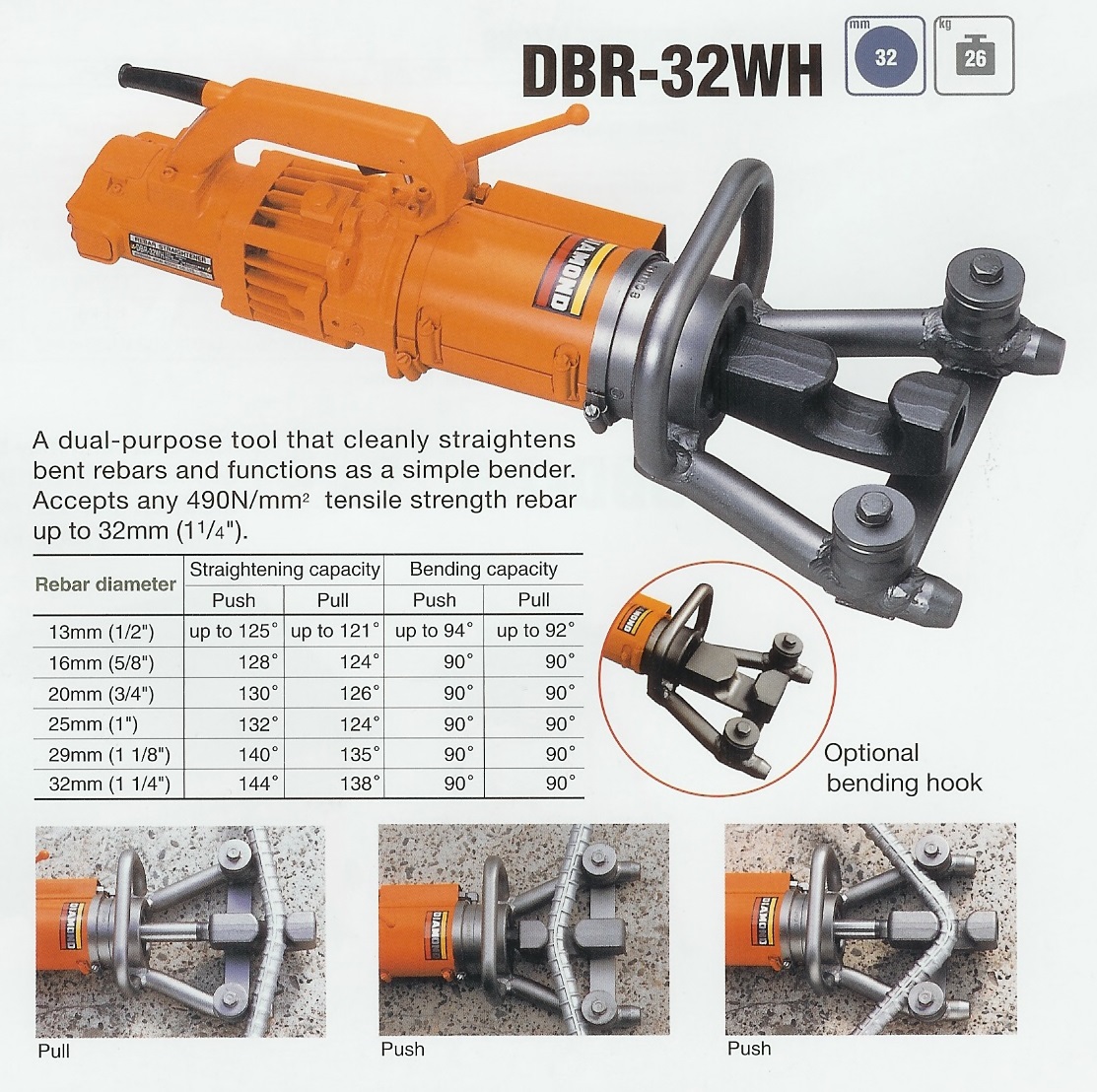 Handheld Rebar Straightener Bender
Handheld Rebar Straightener Bender
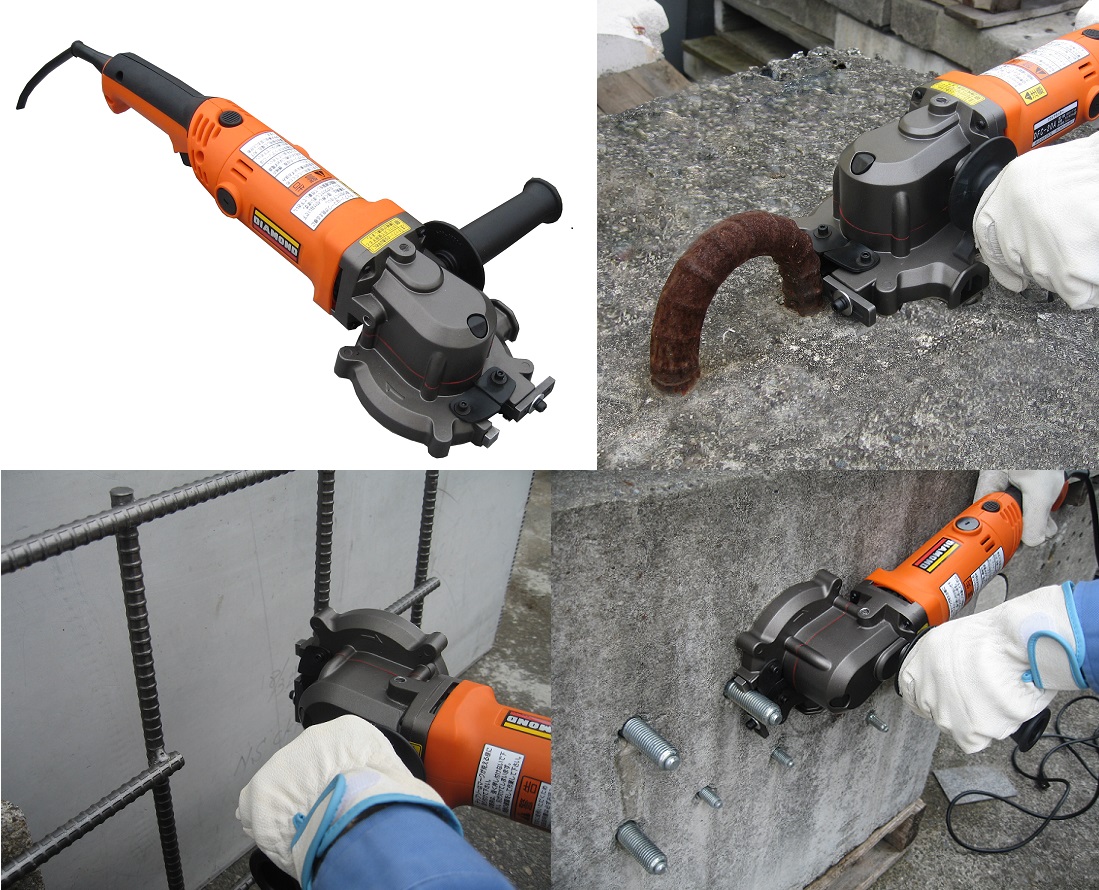 Flush Cutting Saw
Flush Cutting Saw
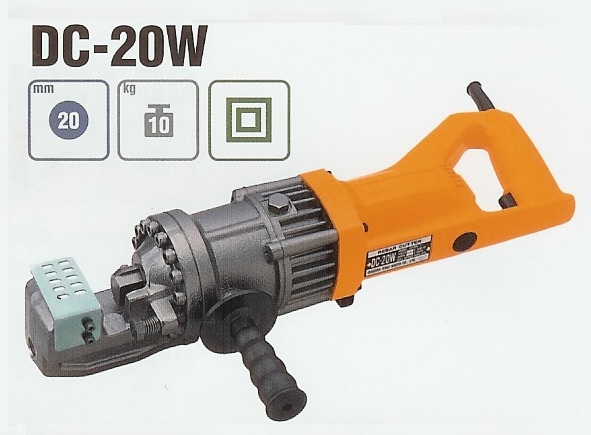 Handheld Rebar Cutter
Handheld Rebar Cutter